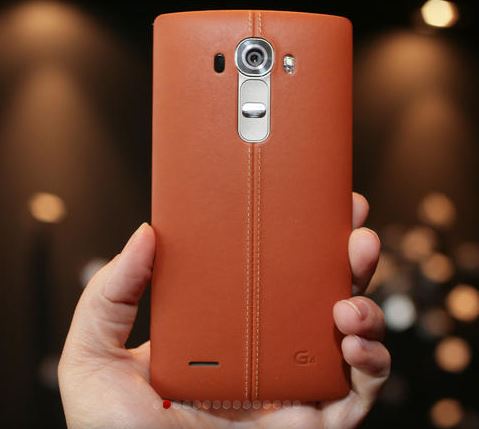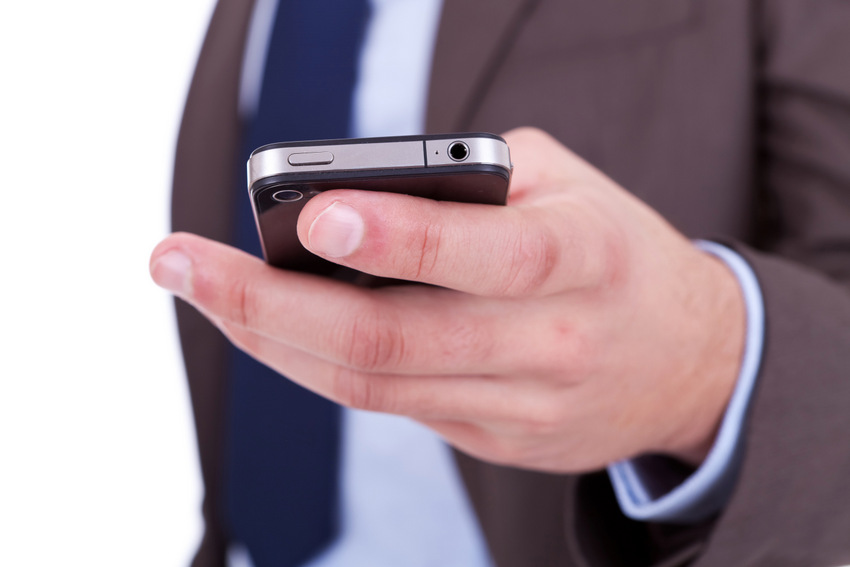LG G4
The best camera phone?
LG is on to something. After having its LG G3 crowned by TrustedReviews as 2014 Phone of the Year, the Korean manufacturer strikes again, unveiling its latest flagship phone – the LG G4. Visually, the G4 doesn’t differ much from the G3, on the front side that is. It’s a 5.5-inch device with 2560 x […]


